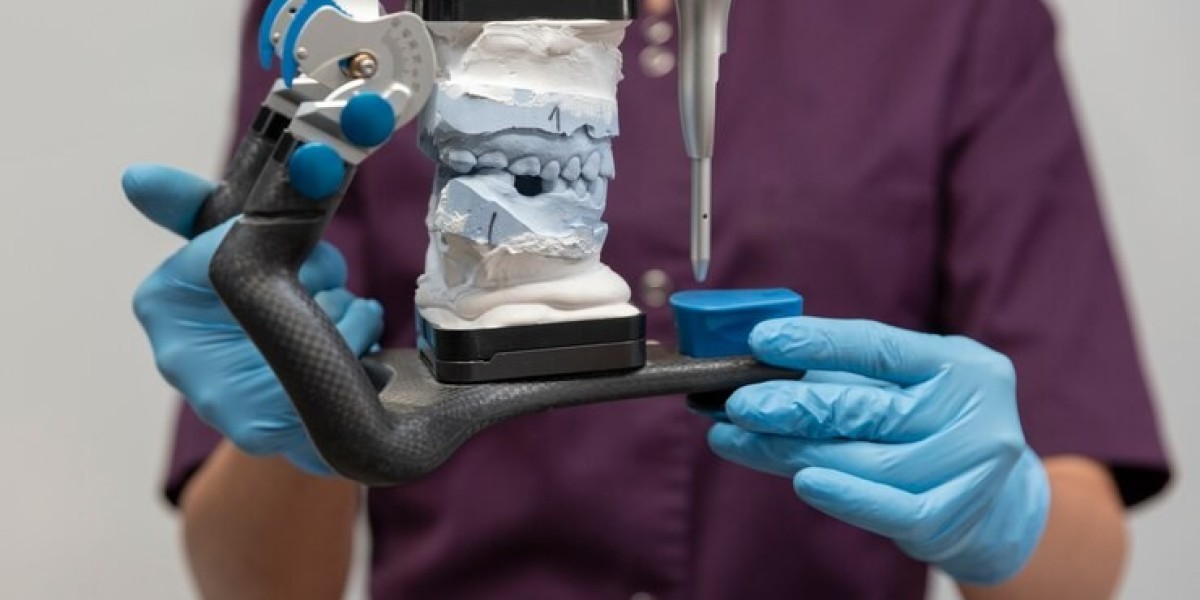Implantable medical devices are medical devices that are placed inside the body, either surgically or medically, to treat various medical conditions. Some common implantable medical devices include pacemakers, implantable cardioverter-defibrillators (ICDs), neurostimulators, drug infusion pumps, and prosthetic implants. These devices have revolutionized healthcare by enabling the treatment of conditions that were previously very difficult or impossible to treat effectively.
How Implantable Devices Work
The basic principle behind all devices that they perform some ongoing function inside the body to treat a medical condition. Pacemakers and ICDs deliver electrical pulses to keep the heart beating regularly. Neurostimulators deliver mild electrical pulses to areas of the body or brain to help treat conditions like chronic pain or movement disorders. Infusion pumps slowly deliver drugs like insulin directly into the body over time. Prosthetic implants like hip and knee replacements restore mobility and improve quality of life. Rather than being passive and inert once placed in the body, these devices actively work to improve health around the clock.
Benefits
Implantable Medical Devices offer tremendous benefits compared to other treatment options. They allow for continuous, targeted treatment of conditions 24/7 without requiring ongoing medical intervention. This improves quality of life by reducing symptoms and empowering patients to manage their conditions independently. Implanted devices also reduce healthcare costs over time compared to alternatives like hospitalization or repeated medical procedures. Pacemakers, for example, avoid more expensive treatments like heart transplantation and drastically improve life expectancy for those with heart block or arrhythmias. The convenience and reliability of implantable treatments has made them first-line options for many common conditions.
Evolving Capabilities of Implantable Devices
The capabilities of implantable medical devices continue to evolve rapidly. Early pacemakers were bulky and controlled heart rate very basically, but modern devices are miniaturized and can synchronize pacing with multiple heart chambers. Neurostimulators were initially open-loop systems, but newer closed-loop devices automatically adjust therapy in real-time based on sensed changes in the patient's condition. Future implantables may be powered wirelessly, communicate wirelessly with clinicians and patient devices, and even be customizable or updatable post-implant via software upgrades. Some aim to regain or replace organ function altogether through advanced stimulation or hybrid biological-machine interfaces. The possibilities seem limitless as new technologies allow implantables to mimic and augment natural biological processes with ever-increasing sophistication.
Safety Considerations of Implantable Devices
While implantable devices provide great benefits, certain safety issues must always be considered. Devices have mechanical and electrical components subject to failure or malfunction over time. Surgery to implant or replace devices carries surgical risks, as does the presence of any foreign material in the body long-term. Electronic or battery failures could cause devices to stop working or behave unpredictably. Clinicians must closely monitor device function and patient's condition. Devices may also need to be adapted or updated to account for changes in a patient's physiology or disease state over many years. Overall, however, the safety records of modern implantable devices are excellent due to rigorous testing, ongoing technology improvements, experienced clinical teams, and proactive replacement of aging components. With prudent precautions, implantable devices vastly improve quality and length of life for most patients.
Future Outlook
The future of implantable medical devices is tremendously promising. As technologies advance, miniaturization will allow entirely new types of tiny implantables throughout the body to monitor and treat conditions in new ways. Self-powered devices, wireless communication, closed-loop feedback systems, and biological interfaces will make implantables even smarter and more seamlessly integrated with patient well-being. Implantables may one day fully replace failing organs or restore lost functions through advanced stimulation, augmented reality interfaces, or integrated bioprinting. Combined with personalized medicine approaches using huge volumes of patient-specific data, future implantables will offer customized longevity, enhanced capabilities, and unprecedented quality of life. With continued responsible development, implantable technology will surely revolutionize healthcare for generations to come.
Get More Insights on- Implantable Medical Devices
For Deeper Insights, Find the Report in the Language that You want:
About Author:
Alice Mutum is a seasoned senior content editor at Coherent Market Insights, leveraging extensive expertise gained from her previous role as a content writer. With seven years in content development, Alice masterfully employs SEO best practices and cutting-edge digital marketing strategies to craft high-ranking, impactful content. As an editor, she meticulously ensures flawless grammar and punctuation, precise data accuracy, and perfect alignment with audience needs in every research report. Alice's dedication to excellence and her strategic approach to content make her an invaluable asset in the world of market insights.
(LinkedIn: www.linkedin.com/in/alice-mutum-3b247b137 )



